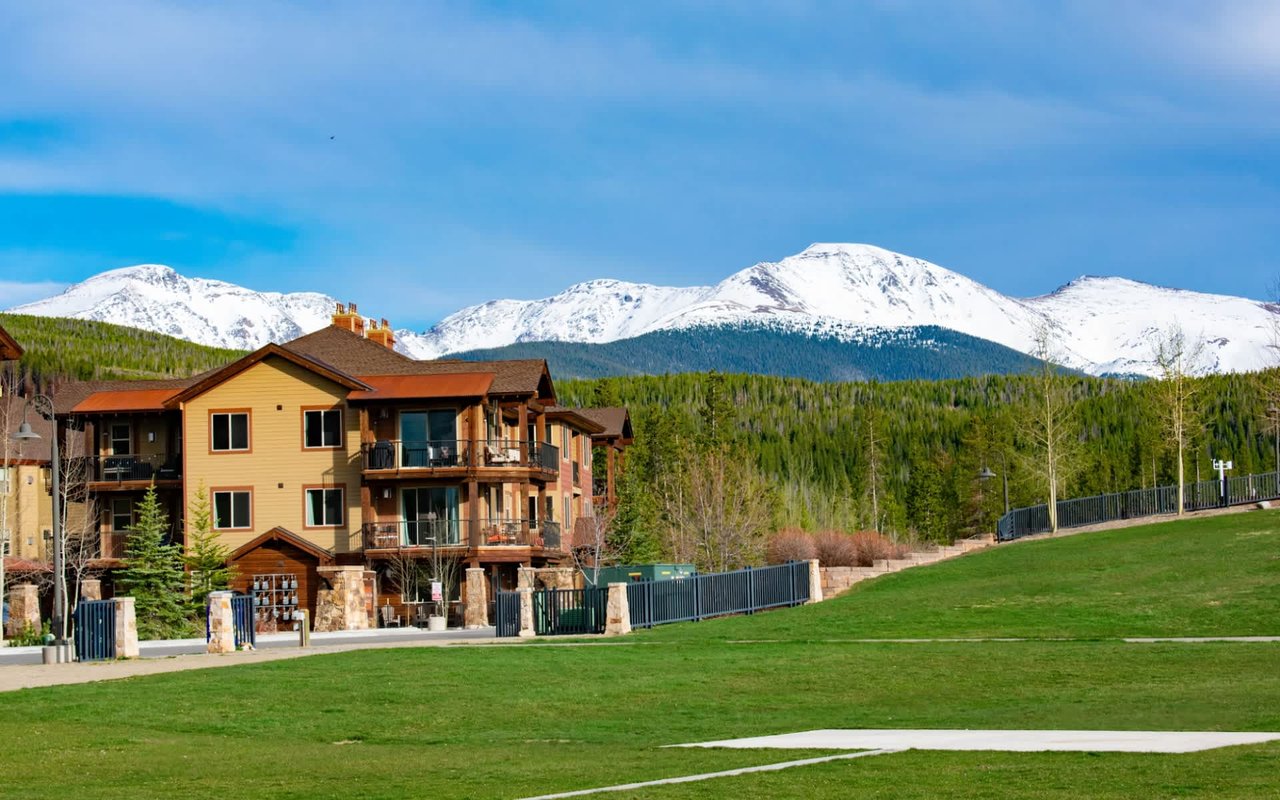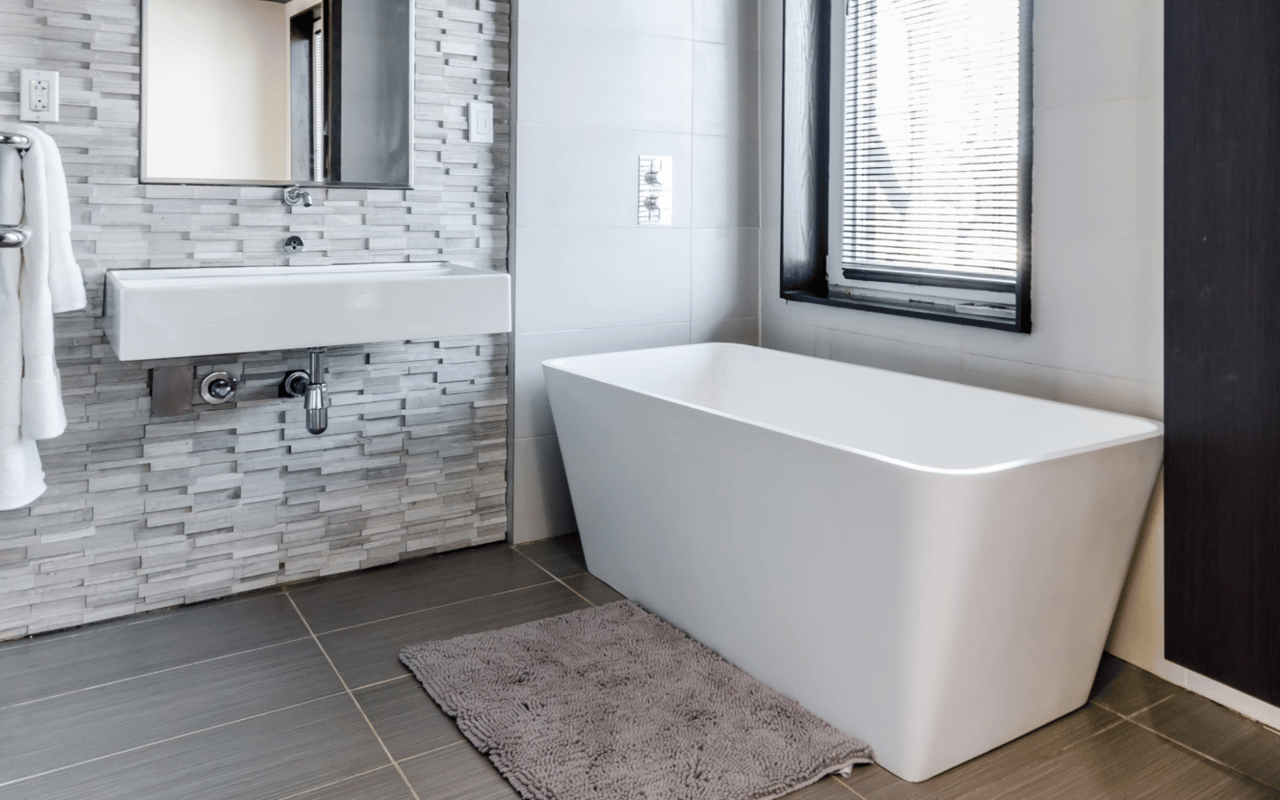When it comes to purchasing real estate, the goals and expectations can vary widely depending on the intended use of the property. For many, deciding to buy a second home or an investment property is a significant step that requires careful consideration. While both options involve acquiring additional real estate, the motivations, benefits, and financial implications differ substantially. In this article, we will explore the key differences between buying a second home and an investment property, with a focus on the Ken Caryl, CO, real estate market.
What is a Second Home?
A second home is typically purchased for personal use. It is an additional residence that the owner owns and uses for vacations, weekends, or as a seasonal retreat. Unlike a primary residence, a second home is not intended to be the owner’s primary living space but rather a place to escape, relax, and enjoy a different environment.
Second homes are often located in desirable vacation destinations like coastal areas, mountains, or other scenic locations like Ken Caryl, CO. The appeal of owning a second home lies in having a private, comfortable space that can be used throughout the year without the hassles of booking accommodations.
Second homes are often located in desirable vacation destinations like coastal areas, mountains, or other scenic locations like Ken Caryl, CO. The appeal of owning a second home lies in having a private, comfortable space that can be used throughout the year without the hassles of booking accommodations.
What is an Investment Property?
An investment property, on the other hand, is real estate purchased with the primary goal of generating income. This income can come from renting the property to tenants or through the appreciation of the property's value over time, which can then be realized through a future sale. Unlike a second home, an investment property is considered a business asset, and its performance is measured by the return on investment (ROI).
Investment properties in Ken Caryl, CO, may include single-family homes, multi-family units, commercial spaces, or even vacation rentals. The key to success with investment properties is careful management and strategic decision-making to maximize returns, whether through consistent rental income, property appreciation, or both.
Investment properties in Ken Caryl, CO, may include single-family homes, multi-family units, commercial spaces, or even vacation rentals. The key to success with investment properties is careful management and strategic decision-making to maximize returns, whether through consistent rental income, property appreciation, or both.
Financial Implications
Financing and Mortgage Considerations
One primary difference between buying a second home and an investment property is the financing process. Lenders view these two types of properties differently, leading to variations in mortgage rates, down payment requirements, and loan terms.
Lenders typically offer more favorable terms for second homes than for investment properties. This is because second homes are considered less risky since they are primarily for personal use. However, buyers still need to demonstrate the ability to cover the additional mortgage and associated costs without relying on rental income.
On the other hand, investment properties often require a larger down payment—typically 20% or more—because they are seen as higher-risk investments. Mortgage rates for investment properties are also generally higher than those for second homes. Additionally, lenders may require a solid rental history or projected income to ensure that the property will generate sufficient cash flow to cover the mortgage and other expenses.
Lenders typically offer more favorable terms for second homes than for investment properties. This is because second homes are considered less risky since they are primarily for personal use. However, buyers still need to demonstrate the ability to cover the additional mortgage and associated costs without relying on rental income.
On the other hand, investment properties often require a larger down payment—typically 20% or more—because they are seen as higher-risk investments. Mortgage rates for investment properties are also generally higher than those for second homes. Additionally, lenders may require a solid rental history or projected income to ensure that the property will generate sufficient cash flow to cover the mortgage and other expenses.
Tax Implications
Tax considerations are another crucial factor that differentiates second homes from investment properties. The tax treatment for each type of property varies, impacting the owner's overall financial strategy.
Mortgage interest and property taxes are generally deductible for second homes, similar to those for a primary residence. However, if the property is rented out for more than 14 days per year, the IRS may consider it a rental property, which could affect the ability to claim these deductions.
Investment properties, by contrast, offer a broader range of tax benefits. Owners can deduct expenses related to the property's maintenance, repairs, management, and operations. Additionally, depreciation—a non-cash deduction—can be used to offset rental income, reducing the owner's taxable income. However, rental income is subject to taxation, and owners must report it on their tax returns.
Mortgage interest and property taxes are generally deductible for second homes, similar to those for a primary residence. However, if the property is rented out for more than 14 days per year, the IRS may consider it a rental property, which could affect the ability to claim these deductions.
Investment properties, by contrast, offer a broader range of tax benefits. Owners can deduct expenses related to the property's maintenance, repairs, management, and operations. Additionally, depreciation—a non-cash deduction—can be used to offset rental income, reducing the owner's taxable income. However, rental income is subject to taxation, and owners must report it on their tax returns.
Insurance Costs
Insurance is another area where second homes and investment properties differ. Insuring a second home can be more expensive than insuring a primary residence, especially if it is located in an area prone to natural disasters, such as floods, hurricanes, or wildfires. Owners should also consider additional coverage for liability, as second homes may not be occupied year-round, increasing the risk of damage going unnoticed.
Insurance costs are typically higher for investment properties due to the increased risk associated with rental properties. Landlord insurance policies are designed to cover rental properties, offering protection against property damage, liability claims, and loss of rental income. This type of insurance is crucial for safeguarding the owner's investment and ensuring that unexpected events do not lead to significant financial losses.
Insurance costs are typically higher for investment properties due to the increased risk associated with rental properties. Landlord insurance policies are designed to cover rental properties, offering protection against property damage, liability claims, and loss of rental income. This type of insurance is crucial for safeguarding the owner's investment and ensuring that unexpected events do not lead to significant financial losses.
Usage and Management
Personal Use vs. Business Operation
The primary purpose of a second home is personal enjoyment. Owners use the property for vacations, weekend getaways, or as a seasonal residence. Because the property is not intended to generate income, the owner's focus is on creating a comfortable and enjoyable space for themselves and their family.
In contrast, an investment property is a business operation. The owner's focus is on maximizing the property's income potential through strategic management, tenant relations, and property maintenance. Investment property owners may hire property management companies to handle day-to-day operations, such as finding tenants, collecting rent, and coordinating repairs.
In contrast, an investment property is a business operation. The owner's focus is on maximizing the property's income potential through strategic management, tenant relations, and property maintenance. Investment property owners may hire property management companies to handle day-to-day operations, such as finding tenants, collecting rent, and coordinating repairs.
Maintenance and Upkeep
Maintaining a second home involves regular upkeep to ensure the property remains in good condition. Owners may need to hire local contractors or caretakers to handle maintenance tasks when they are not present. Because second homes are often in desirable locations, maintaining curb appeal and interior comfort is a priority for many owners.
Investment properties require a more hands-on approach to maintenance and upkeep, as their condition directly impacts their ability to generate income. Regular inspections, prompt repairs, and tenant turnover management are essential to maintaining the property's value and ensuring tenant satisfaction.
Investment properties require a more hands-on approach to maintenance and upkeep, as their condition directly impacts their ability to generate income. Regular inspections, prompt repairs, and tenant turnover management are essential to maintaining the property's value and ensuring tenant satisfaction.
Resale and Appreciation Potential
Second Home Resale
The resale value of a second home depends largely on its location, condition, and market demand. In areas like Ken Caryl, CO, where the real estate market is desirable, second homes may appreciate significantly over time. However, the appreciation potential is typically less predictable than that of an investment property, as it is influenced by market trends, local amenities, and the property's appeal as a vacation destination.
Investment Property Resale
Investment properties are often purchased with the expectation that they will appreciate in value over time. The resale value of an investment property is closely tied to its income-generating potential and overall market conditions. Properties in high-demand rental markets, such as those in Ken Caryl, CO, may see significant appreciation, making them attractive options for investors looking to capitalize on market growth.
About Todd Houghton
Todd Houghton has been guiding friends, family, and clients in buying their dream homes and investment properties for nearly 20 years. With extensive experience in maximizing gains when clients are looking to upsize or downsize, Todd has built a reputation for providing expert advice tailored to individual needs.
As a leading local real estate broker in the communities around Red Rocks, Todd and the Red Rocks Team specialize in buying and selling homes within this niche market. Whether you're searching for a buying or selling agent, Todd Houghton makes your home his top priority.
Ready to explore real estate in Ken Caryl, CO? Contact Todd Houghton today to begin the search for your dream home.
As a leading local real estate broker in the communities around Red Rocks, Todd and the Red Rocks Team specialize in buying and selling homes within this niche market. Whether you're searching for a buying or selling agent, Todd Houghton makes your home his top priority.
Ready to explore real estate in Ken Caryl, CO? Contact Todd Houghton today to begin the search for your dream home.





